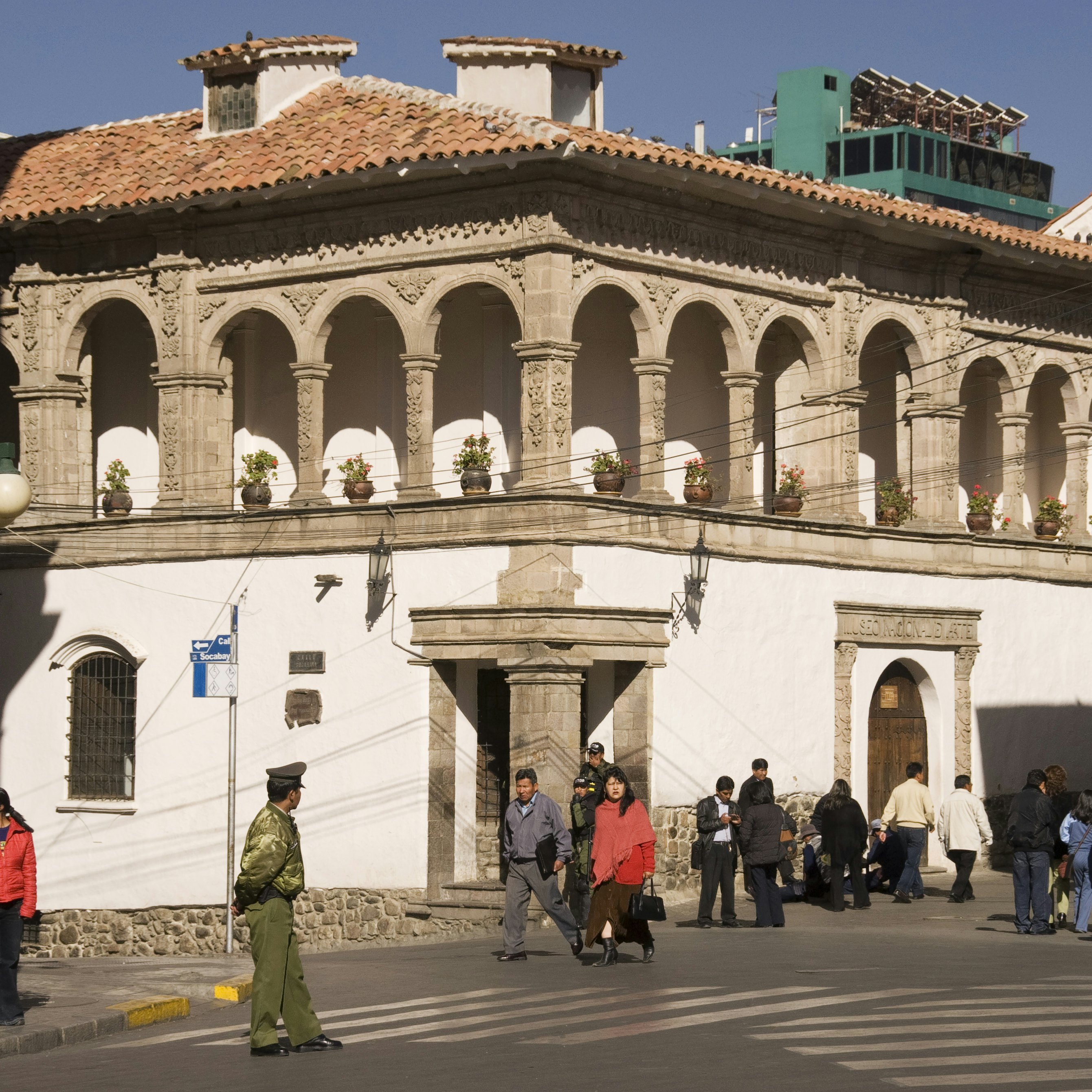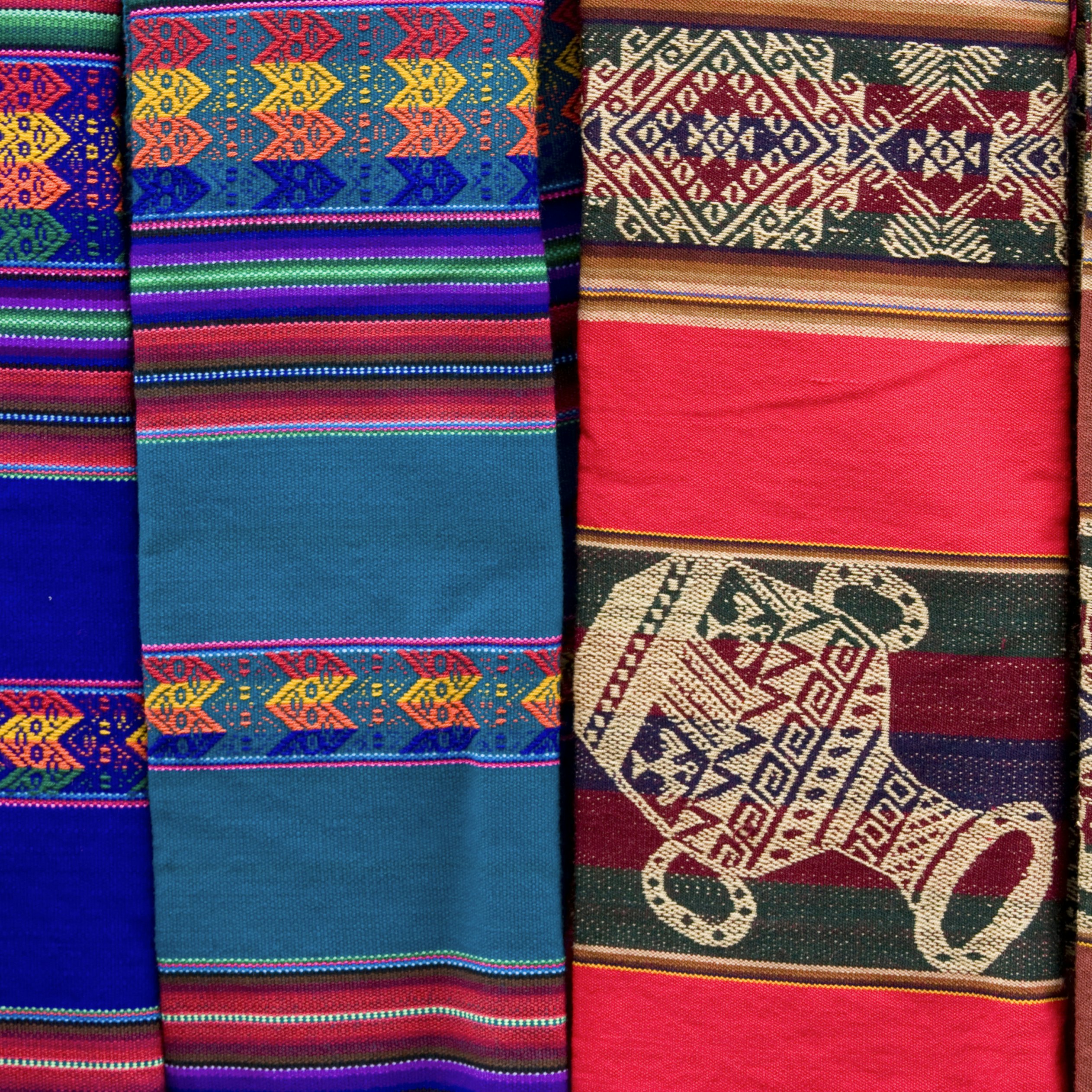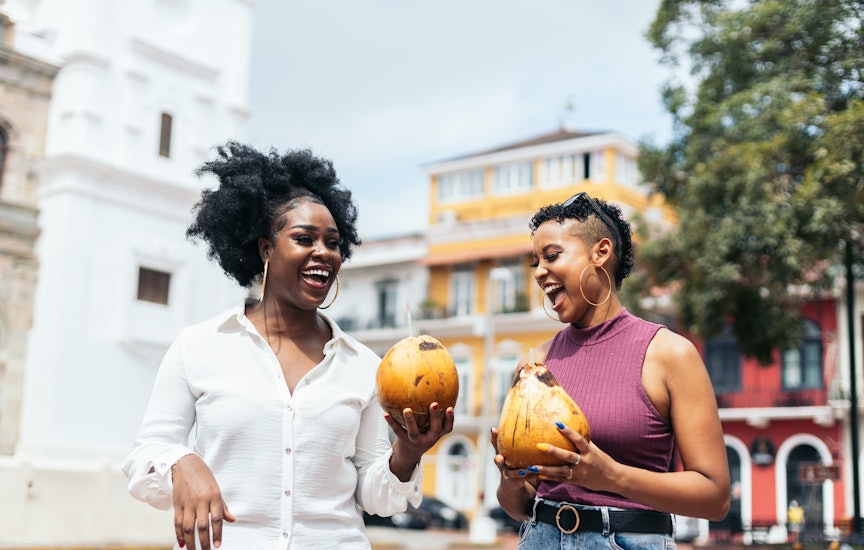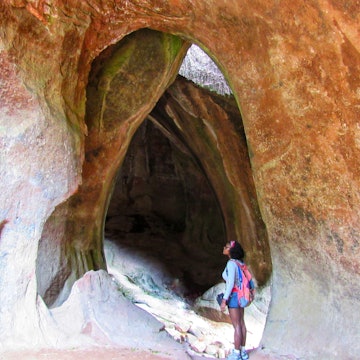
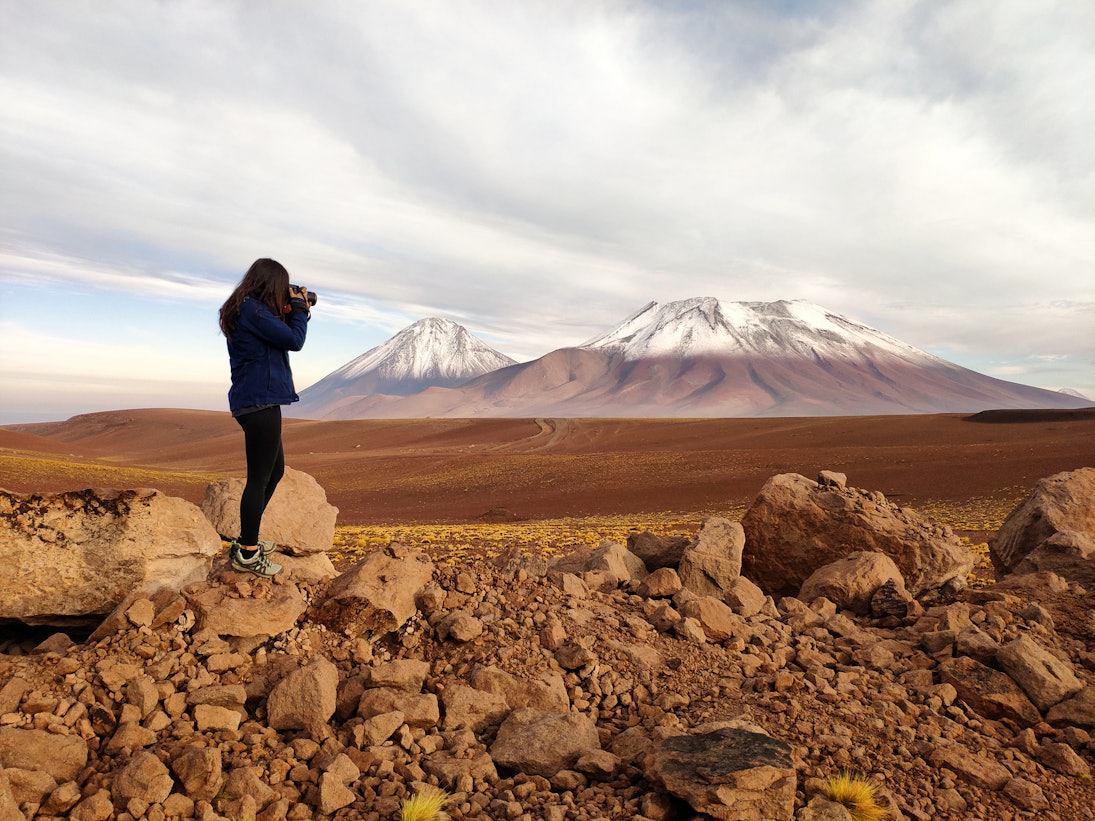
© Stocksy
Overview
Superlative in its natural beauty, rugged, vexing, complex and slightly nerve-racking, Bolivia is one of South America’s most diverse and intriguing nations.
Plan your trip with Guide, an AI travel planner!
Create a personalized trip itinerary in seconds using artificial intelligence.
Must-see attractions
Planning Tools
Expert guidance to help you plan your trip
Best Things to Do
From snow-topped mountain peaks to lush Amazon rainforest, Bolivia is perfect for wanderers in search of authentic travel experiences.
Read full article
Best Places to Visit
Authentic, adventurous, and largely unscarred by mass tourism, Bolivia is one of South America's best-kept secrets.
Read full article
Best Time to Visit
Plan the best time for your visit to Bolivia with this seasonal guide to climate, festivals and events.
Read full article
Things to Know
Plan you time, pack the right gear and know what to expect on the ground with these top tips for visiting Bolivia.
Read full article
Transportation
Bus travel in Bolivia can be a wild and thrilling experience, but planes, trains, and even aerial cable cars can smooth things over for the faint of heart.
Read full article
Visa Requirements
It's easy to visit Bolivia's sensational national parks, beguiling cities and Indigenous communities. Here's what you need to know about visas.
Read full article
Money and Costs
Bolivia is one of the top bargain destinations in the Americas, and you don't need a big budget to enjoy its wonders. Here's how to see Bolivia for less.
Read full article
Traveling with Kids
Explore one of South America’s most captivating countries as a family with this guide to the best things to do in Bolivia with kids.
Read full article
Best Road Trips
From the towering Andes to the relaxed vibe of easter villages, discover Bolivia’s outstanding sceneries on a road trip at your own pace.
Read full article
Get a book. Get inspired. Get exploring.
in partnership with getyourguide









